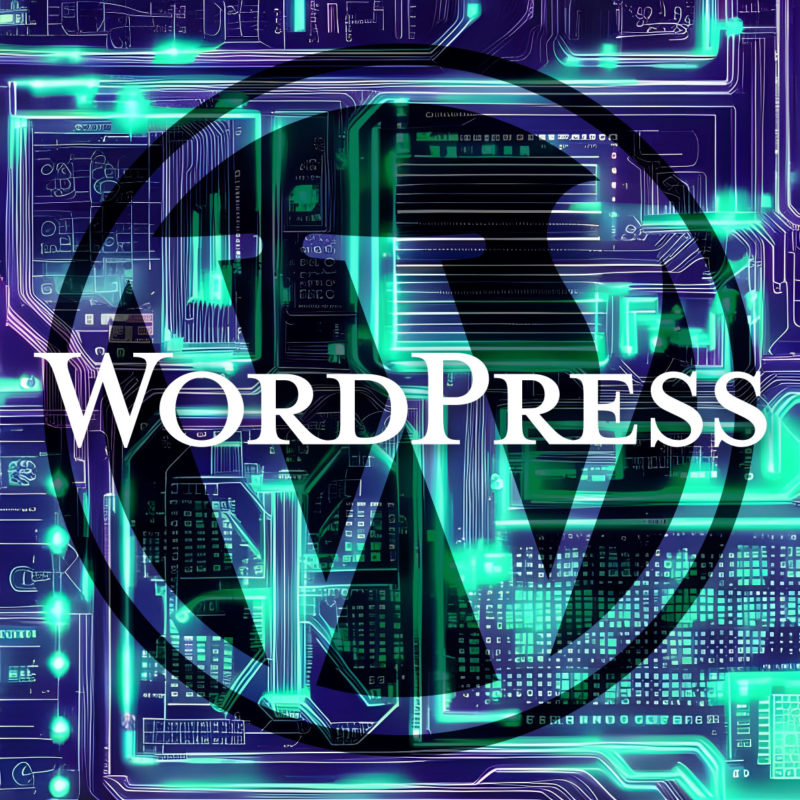
WordPress is the world’s most popular content management system (CMS) used for building websites. Over 40% of all websites are powered by this flexible and versatile platform. It’s a free and open-source software, which means that it is free to use and modify, and it enables users to create and manage websites without needing to know how to code.
At its core, WordPress is an SEO-friendly publishing platform built on PHP that allows users to create and publish content, including pages, articles, blog posts, and much more. It offers a user-friendly and familiar interface that makes it easy for anyone to manage their website. WordPress can be used to create a wide variety of websites, including blogs, business sites, and online stores.
WordPress works by combining a collection of core files, a MySQL database, and additional files that you upload or install. The core files are the foundation of WordPress and provide the basic functionality of the system. The database is where all of your content and settings are stored. The files that you add or install augment WordPress with new features and functionality, as well as customize the appearance of the front end of your website.
To use WordPress, you will need to purchase web hosting and a domain name. Web hosting is where your website files will be stored, and your domain name is the address of your website on the internet. Once you have purchased web hosting and a domain name, you can install WordPress on your hosting account. This will require uploading the core WordPress files over FTP and creating a MySQL database. Of if you prefer the easy button method, some web hosts have a handy one click install feature.
Once you have WP installed on your server, you can start customizing the look and feel of your website by choosing a theme. WordPress themes are pre-made designs that you can install and activate on your website. There are thousands of free and premium themes available, so there’s a good chance you can find one that suits most of your needs. Or if you’re ambitious, you can design and build one yourself.
In addition to themes, you can also add new features and functionality to your website by installing plugins. Plugins are small pieces of software that can be installed to extend the capabilities of WordPress. One of the key benefits of WordPress is its vast library of plugins, which allows users to add complex functionality to their website without needing to hire a developer. Users can install plugins to add nearly any feature you can think of, such as e-commerce functionality, social media sharing buttons, or search engine optimization tools.
In addition, WordPress is highly customizable, meaning developers can write custom code to add even more advanced features or modify existing ones. It’s also secure and regularly updated with security patches. This helps to protect your website from hackers and malware, and makes it a safe and reliable option for users who want to protect their online data.
The WordPress admin dashboard is easy to use and navigate. You can use it to add pages, posts, media, and other content to your website. You can also use the dashboard to manage your website’s settings, security, and performance.
Overall, WordPress is a powerful and versatile CMS that makes it easy for anyone to create and manage a website. Its flexibility, ease of use, and wide range of customization options have made it a popular choice for businesses, bloggers, and individuals alike.
